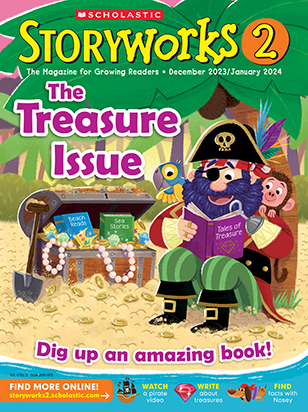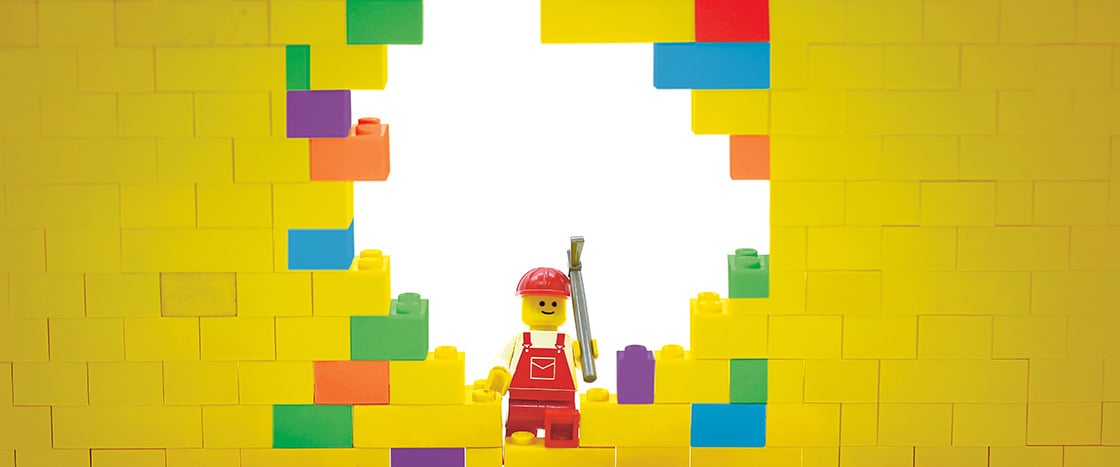LEGO Group © 2019
Lego inventor Ole Kirk Kristiansen [KRIS-tyan-sehn]
It had been a hard year for Ole [OH-lay]. In 1931, he was a carpenter. That is someone who builds with wood. He lived in a little town in Denmark.
Ole and his family did not have much money. He had three sons. His wife was going to have another baby. There was not enough food.
But Ole had plenty of wood. His village was filled with trees. He used wood to make furniture. Then he started to build toys.

